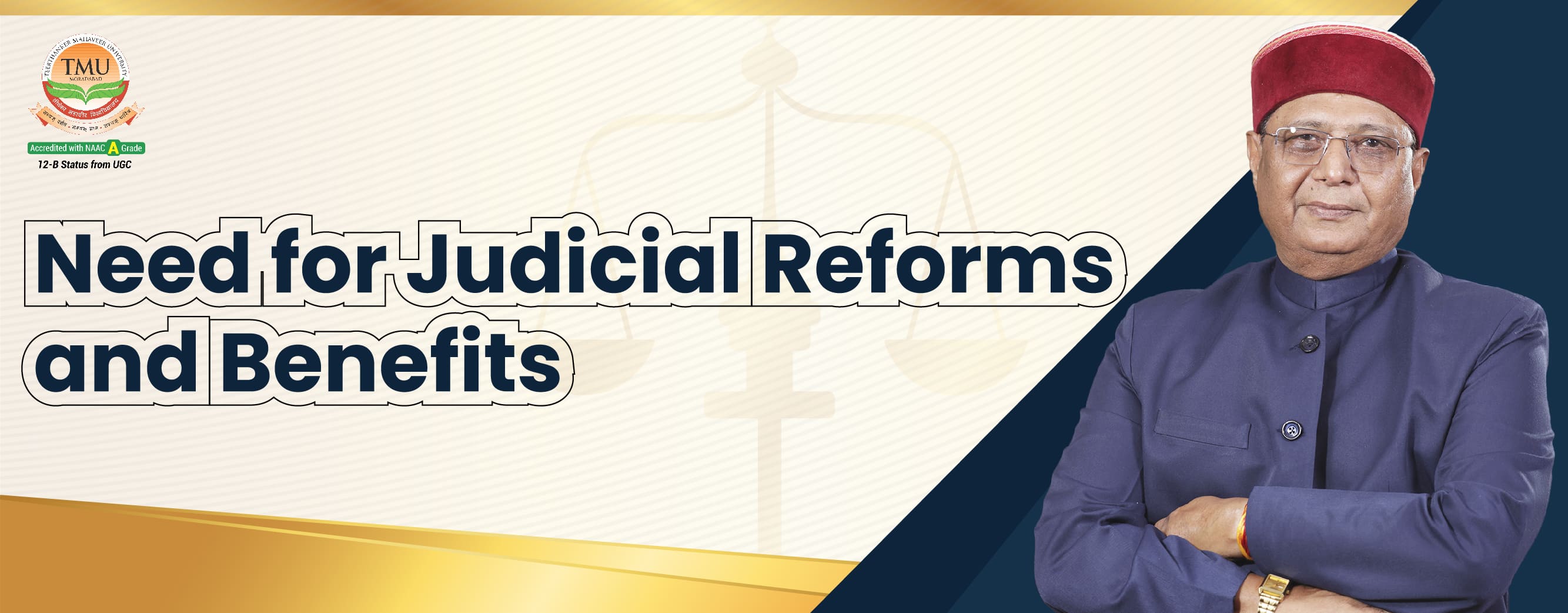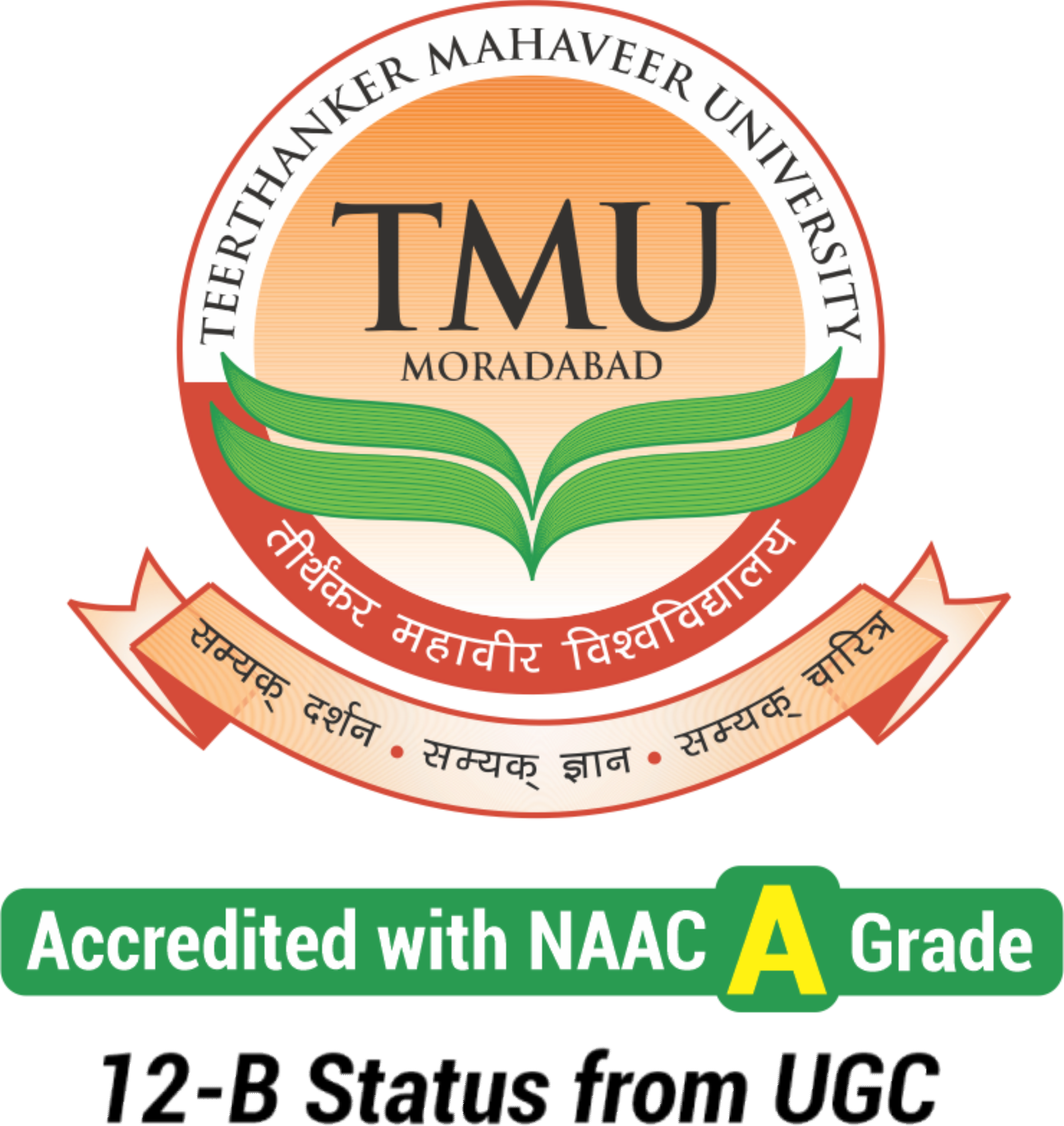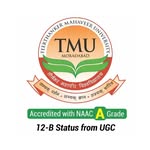Need for Judicial Reforms and Benefits
Table of Contents
The Chief Justice of India, N.V. Ramana, recently initiated a discussion on improving judicial systems. He stated that legal language and procedures should not be so complex that they become incomprehensible. He expressed concern that judicial language and proceedings are so intricate that an ordinary person depends on others for understanding. Furthermore, the lengthy judicial process often results in an endless cycle where the conclusion of one case marks the beginning of another. Despite India's 5,000-year-old judicial system, which is advanced and historically rooted, it still relies on foreign principles that are difficult for the common person to grasp.
Ancient Indian Judicial System
In the Vedic era, courts were referred to as "Sabhā." These local courts resolved disputes within villages and nearby regions. The judicial system was structured so that very few cases needed to be escalated to higher courts. At the royal level, there were two types of courts. The king's court was the highest authority, but below it was a judiciary composed of a chief justice and elected representatives of the citizens, functioning similarly to a modern jury system. Jury members played an advisory role, ensuring that judicial decisions aligned with legal standards. Only a few cases reached the king's court, as most litigants were satisfied with the lower court's judgments.
Characteristics of the Vedic Judicial System
A key feature of the Vedic judicial system was the use of the common man's language in legal proceedings. Laws were framed in a way that an ordinary person could understand without requiring expert assistance. The entire process revolved around the litigants, ensuring accessibility and transparency. In contrast, today's legal system places judges, lawyers, and legal complexities at the centre, leaving litigants feeling sidelined. Efforts have been made at the national level to make legal language more accessible, but implementation has been lacking. The Law Commission of India, in its 2003 report, recommended that all laws should include a schedule ensuring their availability in local languages, thereby increasing legal awareness and public trust in the judiciary.
Teerthanker Mahaveer University
Apply for Admission
Click Here To Apply for Admission
Current Challenges in the Indian Judicial System
Despite government and judicial efforts, the backlog of pending cases continues to rise. Currently, over 4.5 crore cases are unresolved. Even if no new cases are filed, it would take approximately 100 years to clear the backlog under the present system. Recognizing this issue, the government introduced the Gram Nyayalaya Act in 2009 to establish local courts for faster dispute resolution. However, the expected results have not materialized. The law mandated the establishment of around 8,000 rural courts, but only 395 have been notified, with many of them either non-functional or inadequately operational. Strengthening these local courts could significantly reduce the number of pending cases.
Ethical Integrity in the Judiciary
One of the defining aspects of the ancient judicial system was the moral integrity of judges. Their lives were transparent, and they were held to the highest ethical standards. In ancient courts, judgments were not solely based on legal technicalities but also on mediation and reconciliation. Even today, village elders, often referred to as "Panch," play an essential role in dispute resolution. The biggest advantage of mediation is that neither party feels defeated; both sides are satisfied, eliminating the need for appeals and reducing the burden on higher courts.
Promoting Alternative Dispute Resolution
India already has well-established mechanisms for arbitration, conciliation, and mediation, yet they remain underutilized. Greater awareness and encouragement from the judiciary could promote these alternatives, easing the burden on traditional courts. A concerted effort is needed to revive and strengthen these time-tested dispute resolution mechanisms to ensure swift and accessible justice for all.















